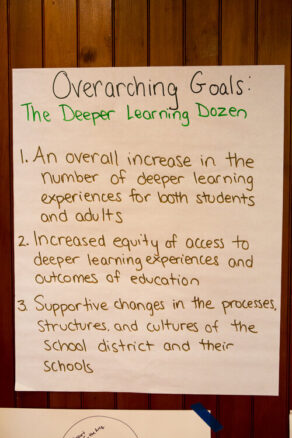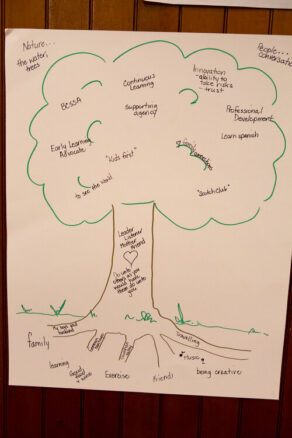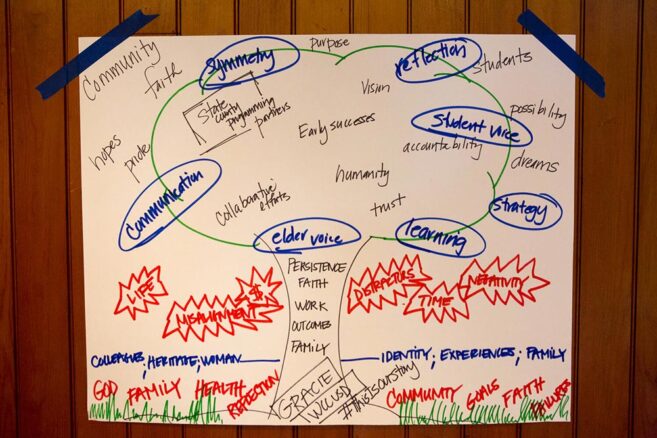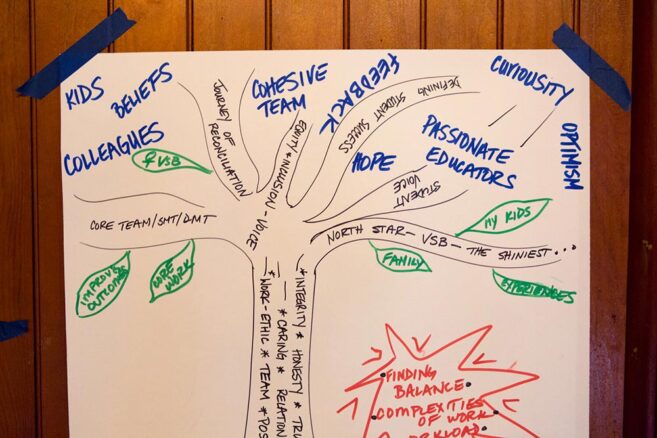Why Distance Learning Should Not Replicate School
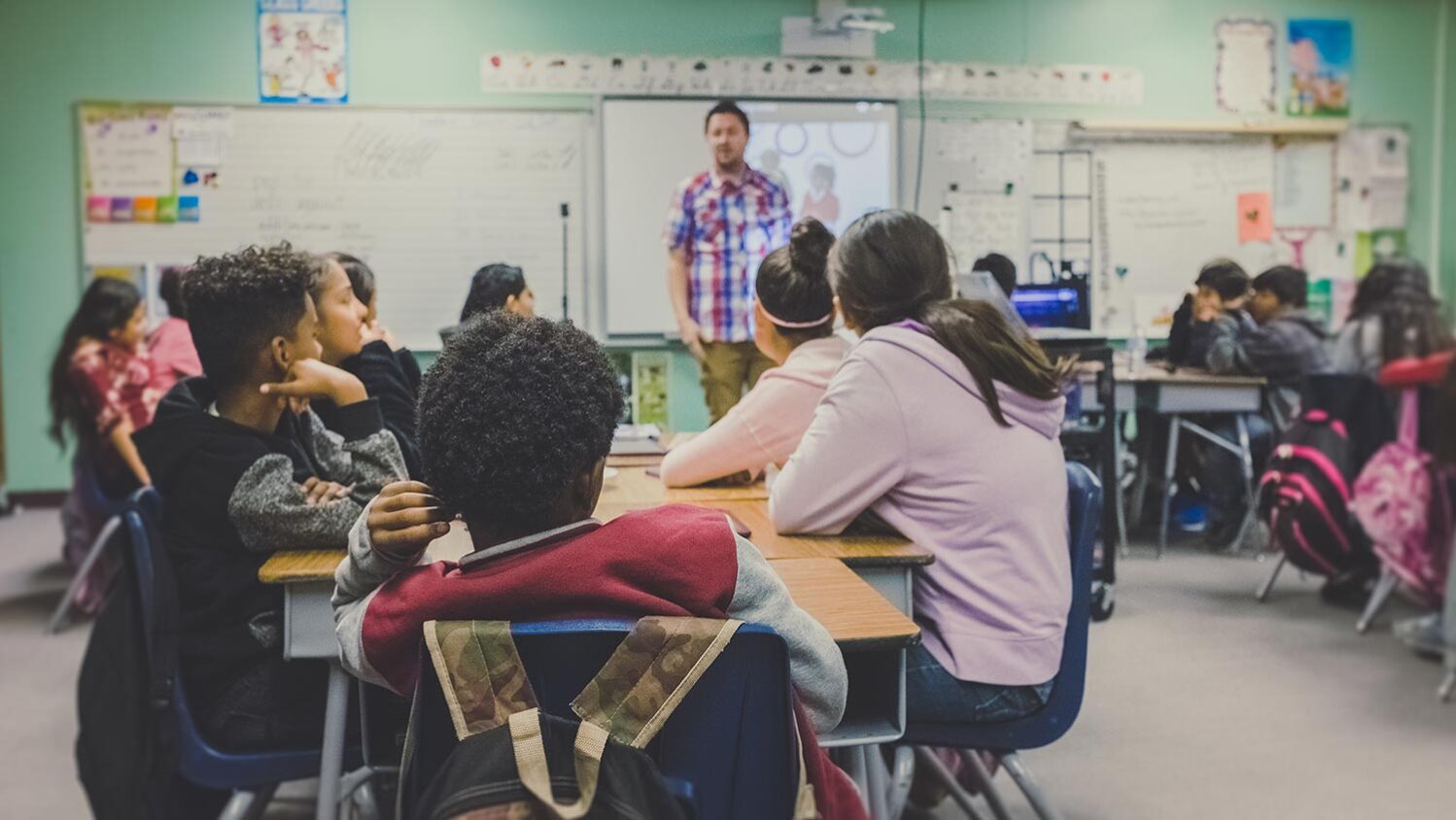
Why Distance Learning Should Not Replicate School
Two months into quarantine schooling, the pot is starting to boil over. Parents are frustrated with multiple logins and trying to get their children to complete packet after packet. Teachers are frustrated that all of the work they are doing to reboot their classes online is not being recognized or valued. One third of the nation’s large urban districts still have no remote learning plan. More and more stories are appearing suggesting that this hastily conceived forced experiment is not going well.
So how can we make the best of a difficult situation?
At a fundamental level, we need to begin by recognizing that learning at home is just a different proposition than learning at school. We should not be trying to “implement” school learning at home. Rather, we should be taking advantage of our new circumstances, and draw on the strengths that come with learning at home. Learning at home provides longer blocks, allows for more choice, more depth, and more ways that it can fit the needs and desires of the child. It allows students to become more self-directed in their learning and take more agency over it. And it requires recreating the community that has been lost by physical separation. We should take advantage of what home learning can provide rather than trying to fit a square peg into a round hole.
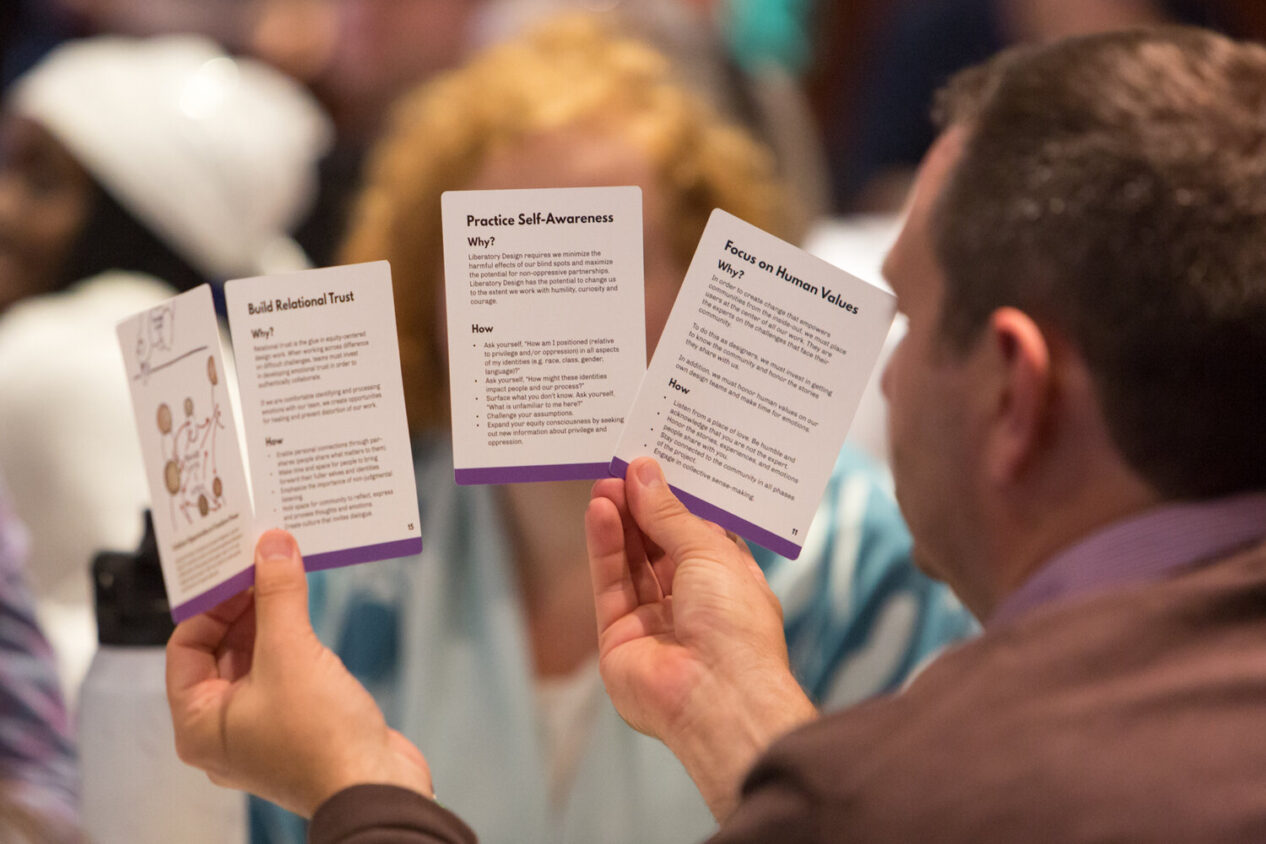
A good first step would be to focus on the big picture. Schools are not going to get students to do every little thing they would have done in school. Full stop. So schools and parents need to ask themselves, what is most important that students learn during this period? For elementary school students, most teachers would be satisfied if each day students did some reading, some writing, and some math, as well as engage in some play, and if possible, spend some time outside. Rather than the primary message from schools to parents being “show up at these virtual meetings and fill out these packets of material,” what if the primary message was, “kids should read, write, do some math, play, exercise, do something they love, and connect with someone they love—if they do that, consider it a very successful day!” If kids took advantage of these open blocks of time to get hooked on reading, or find a new passion, that would be one of the best possible outcomes of long periods of shuttered schools.
For middle and high school students, this crisis provides a significant opportunity to rethink the basic grammar of schooling. For decades, teachers have lamented that classes are too short, that students’ attention is divided in too many directions, that state tests and AP exams are dictating learning. Here is a real chance to rethink all of that. Rather than having them zoom into regular classes all day—which is infeasible for all but the most affluent schools, and is likely inadvisable anyway given the amount of screen time it entails—why not use this chance to help students think about big interdisciplinary questions and use their extended time at home to investigate them? Covid 19 provides a spectacular opportunity to reflect on questions of statistics, politics, biology, public health, international affairs, constitutional law, ethics, and much more. Distance learning frequently works best in shorter periods of face-to-face interaction combined with longer periods of offline work time. If the questions posed during the contact time are really galvanizing, distance learning may actually be better suited to deeper investigations than the usual rush of school permits.
This is also a chance to give students more agency and control over their learning. Moving from in person to online shifts the balance between extrinsic and intrinsic motivation; at a distance it is much harder for school to use the usual mechanisms of compulsion to make students do their work. The research on existing virtual schools confirms this; such schools expect a caregiver to be sitting with a student, playing the role of the adult monitor of learning. But there is another body of research on interest-driven online learning—in areas such as programming, art, writing, design, and more—which suggests that virtual communities can work really well, even for highly disadvantaged students, if students have elected to be there, and are interested in and committed to what they are doing.
The implication is that schools should give students more choice and more opportunities to direct their own learning. One of the failings of normal schooling is that its implicit message is that you get ahead by pleasing the teacher; this is a chance to invert that and create the kind of self-directed learners that the economy and society requires. What if students were asked to nominate questions that they wanted to learn about, joined small groups of learners interested in similar topics, given a teacher who would help support their work, and asked to teach one another what they had learned at the end of the year? What if we allowed them to express what they learned in a variety of modalities, including mini-documentaries, artistic displays, musical pieces, poetry, and more? Such a structure would signal respect for students’ interests and intelligence, and would be much more likely to engender serious effort than trying to replicate everyday school from afar.
Choice and agency need to be balanced by relationships and community. I coordinate a network of a dozen districts across the United States and Canada, each of which includes significant numbers of poor students and students of color. These districts, known as the Deeper Learning Dozen, are unanimous in reporting that the schools and classrooms that are thriving in this crisis are the ones where teachers have built strong relationships and warm classroom communities, whereas those who use compliance methods are really struggling without the compulsion that physical school provides. Ironically, some teachers are finding that they now have more time to actually talk to their students. As one seventh grade teacher, William Stribling, said to me, “When we’re on campus, our schedules do not allow us to be as human-centered as we are in this environment.” Students are also grieving what they’ve lost—their friends, their teachers, their extra-curriculars—and thus using time to rebuild community at a distance is a critical function of schools at this moment.
Finally, this is a crisis that asks us to think as citizens as well as educators. Younger children could be sewing masks, and writing thank you letters and making art for hospital workers, grocery clerks, and other essential employees. Older students could be writing letters to their governors advocating for what they see as the right course of action, delivering groceries to the elderly, or helping local governments, colleges, or businesses think through the design complexities that will come with re-opening while Covid 19 is still a threat. Doing their part to respond to the virus is not only educational but likely also good for students’ mental health.
In many ways, the qualities that are primary in distance learning—care and relationships, intrinsic motivation, student agency, deep investigations, work that fits the student, schooling as citizenship—are qualities that any good education would foster. But they also have been absent in the majority of our educational landscape. When schools resume next year, we should remember the lessons of distance schooling, and make schools the kind of places that students would attend if they weren’t required to go.
Jal Mehta is Professor of Education at the Harvard Graduate School of Education, and the author, most recently, with Sarah Fine, of In Search of Deeper Learning: The Quest to Remake the American High School.
Transcend supports communities to create and spread extraordinary, equitable learning environments.

